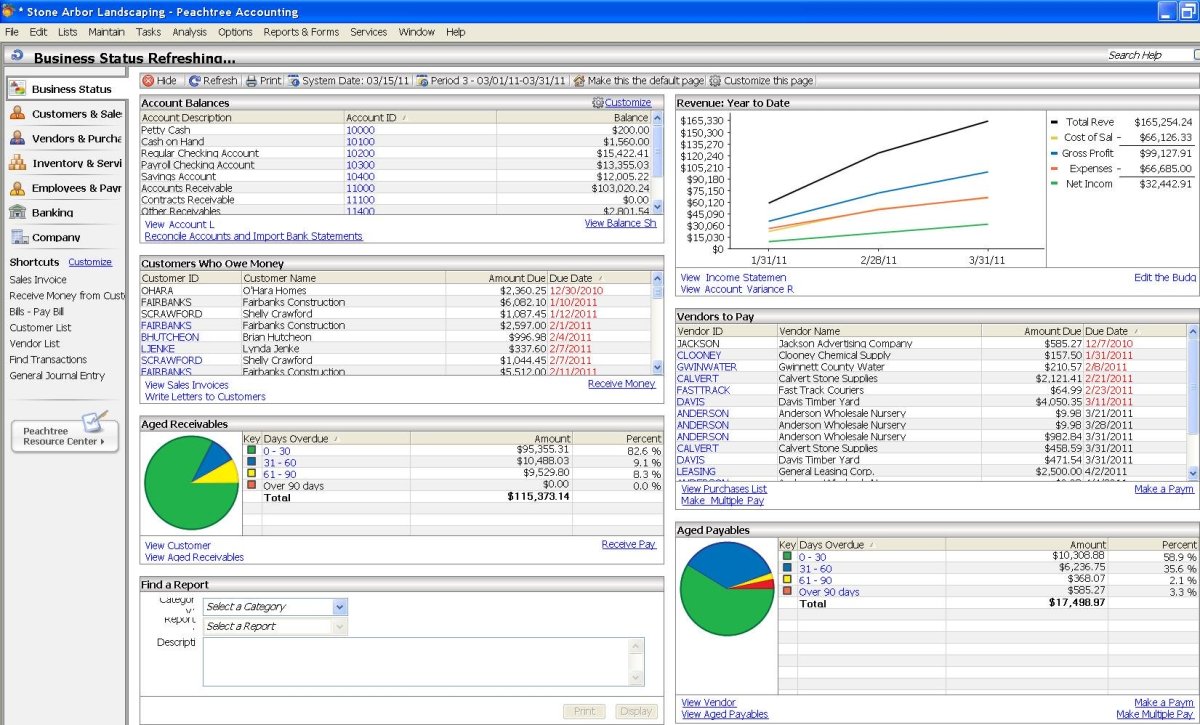Inventory Valuation Differences between IFRS and US GAAP
Inventory valuation is key aspect of a firm’s assets and tax liabilities. Some of the most common methods used include, First-in first-out (FIFO), Last-in first-out (LIFO), and weighted average cost. Each method will produce different valuation results, but what impact will operating under GAAP or IFRS have on inventory valuation. This paper will briefly cover eight areas of inventory valuation to compare the differences and similarities in each topic between GAAP and IFRS.
Cost of acquisition
GAAP- Values inventory at the cost of acquisition or production, like it values other assets. GAAP values cost of acquisition as all the costs incurred to bring inventory to a saleable condition and location. Cost of production includes all variable overheads and allocation of fixed overheads.
IFRS- IFRS also values inventory at the cost of acquisition or production
There are no differences between GAAP and IFRS when it comes to cost of acquisitions.
Disclosure regulations
GAAP- Regulation S-X rule 5 requires balance sheet disclosures of inventories to be disclosed under current assets. If there are costs allocated to inventories, they must be disclosed separately. If a company uses LIFO, they must disclose the difference between the stated and current value.
IFRS- IAS 2 paragraph 36 requires detailed disclosures of inventory classification, the accounting policy, cost formula used, fair value less cost to sell, inventory expense for the period, write-downs and reversals of write-downs, reasons for reversals, and value of inventory used as collateral. IFRS does not allow LIFO
IFRS has much stricter regulations than GAAP regarding disclosures. GAAP simply discloses inventories as current assets while separately disclosing allocated costs. Whereas IFRS requires to provide numerous detailed disclosures. Another main difference is that GAAP allows the use of LIFO valuation, but IFRS does not.
Tax impacts
GAAP- The IRS tax conformity rule IRC 472 requires that companies that use LIFO for tax purposes also have to use LIFO for income measurement in financial accounting. A change in a companies inventory method can change their taxable income. Generally, companies who use LIFO have a lower taxable income. If a company changes its method, they can deduct the entire charge in the year of change if taxes are lowered. If taxes rise as a result, the company can defer the charge for up to three years. On an unrelated note, a gain on sale of inventory and any tax effects resulting from the gain can’t be recognized until the inventory is sold to an outside party.
IFRS- A gain on sale of inventory between related companies requires the seller to recognize deferred taxes at the buyer’s tax rate
Since IFRS does not allow LIFO, there is nothing to compare in regards to tax impacts of LIFO between IFRS and GAAP. However, there are slightly different impacts on the gain on sale of inventory between the two. The impacts do not contrast each other, but are unique to IFRS or GAAP.
Measurement of carrying value
GAAP- Lower of cost or market
IFRS- Lower of cost or net realizable value
Under GAAP a company is able to record the value of their inventory as either the cost to produce it, repurchase it or the market value of it. IFRS allows the use of net realizable value, which is the selling price minus the cost, so basically the profit margin.
Costing Formula
GAAP- Same formula used to determine the cost of inventory does not need to be applied to all inventories that have a similar nature and use to the entity
IFRS- The same formula used to determine the cost of inventory must be applied to all inventories that have a similar nature and use to the entity.
Under GAAP a company can choose to value divide similar inventory and value them using different methods, for example, FIFO and weighted average cost. Under IFRS a company can only choose one costing method and must consistently use it for all related inventory.
Asset Retirement Obligations
GAAP- An ARO that is created during the production of inventory is added to the carrying amount of the property, plant, and equipment used to produce the inventory.
IFRS- An ARO that is created during the production of inventory is accounted for as a cost of the inventory in accordance with IAS 2 and may be added to the carrying amount of the inventory.
Using IFRS, the cost of an asset retirement is added to the cost of the related inventory. Whereas using GAAP, the asset retirement is just added to the book value of the property, plant and equipment used to produce the inventory.
Accounting Methods
GAAP - First-in, first-out (FIFO); last-in, first-out (LIFO); weighted-average cost; and specific identification are acceptable accounting methods for determining cost of inventory.
IFRS- FIFO and weighted-average cost are acceptable accounting methods for determining cost of inventory; LIFO is not permitted. The specific identification method is required for inventory items that are not ordinarily interchangeable and for goods or services produced and segregated for specific projects.
The main difference is just that IFRS does not allow the use of LIFO. A reason for that is because most companies use it to lower their taxable income. The only other difference is that under IFRS, specific identification is required in certain scenarios.
Reversal of write downs
GAAP- Write-downs taken to reduce inventories to the lower of cost or market may not be reversed for subsequent increases in value.
IFRS- Write-downs taken to reduce inventories to the lower of cost or net realizable value are reversed for subsequent increases in value.
GAAP does not allow the recording of an increase in value, it only allows the recording of a decrease. This applies to reversals as well. IFRS is the opposite and allows companies to reverse a write down to increase the value of inventory.
Overall GAAP and IFRS are similar when it comes to the valuation of inventories. With that being said, there definitely still are several key differences between GAAP and IFRS. To summarize, some of those main areas that IFRS differs from GAAP include: the strict disclosure regulations, no LIFO, net realizable value, consistent costing formulas, asset retirement obligations being cost to inventories, and gains from write down reversals being allowed.
References:
Krishnan, Sudha and Lin Ping. "Inventory Valuation under IFRS and GAAP." Strategic Finance, vol. 93, no. 9, Mar. 2012, pp. 51-58. EBSCOhost, proxy-wcupa.klnpa.org/login?url=http://search.ebscohost.com/login.aspx?direct=true&db=a9h&AN=73296632&site=ehost-live&scope=site.
“IAS Plus.” Inventories: Key Differences between U.S. GAAP and IFRSs, 28 July 2014, www.iasplus.com/en-us/standards/ifrs-usgaap/inventories.








